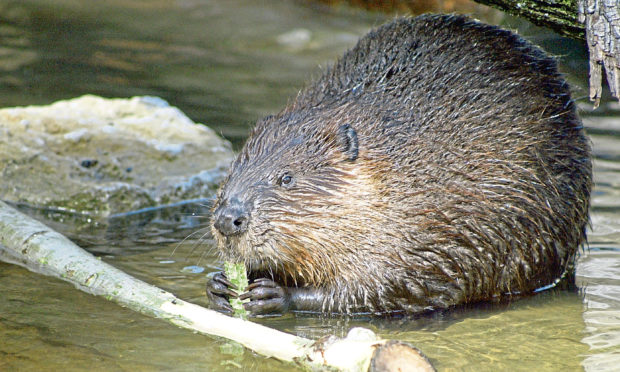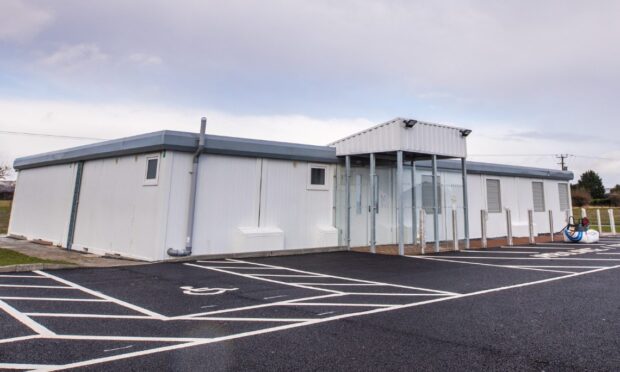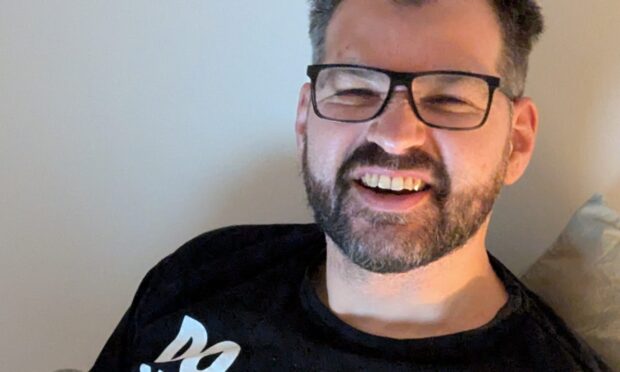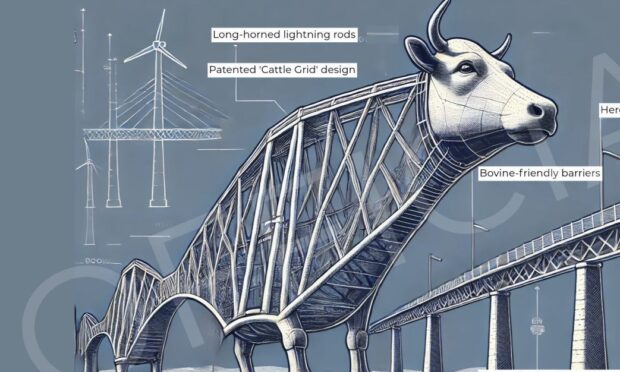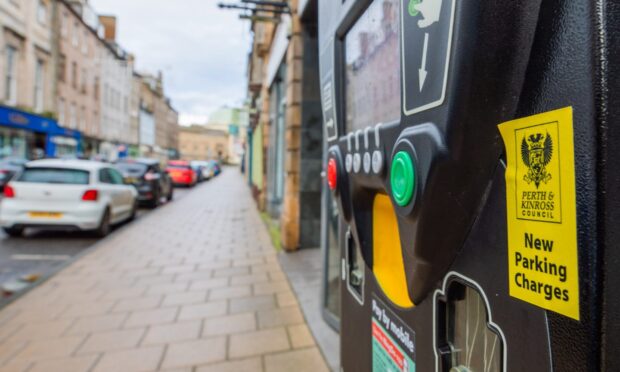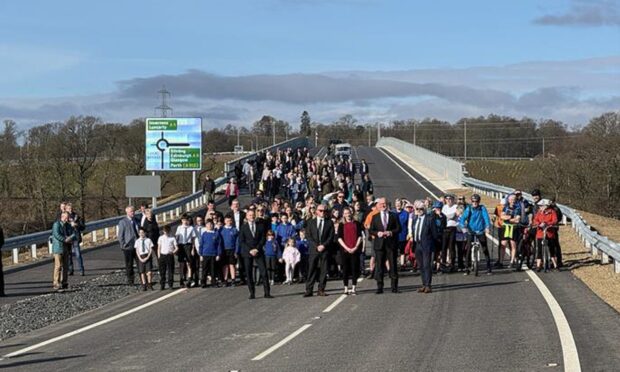Conservationists are enlisting the help of the general public to report beaver sightings across Tayside using a new app which can record signs of the animals whereabouts.
The Scottish Wildlife Trust and the Royal Zoological Society of Scotland (RZSS) have teamed up with the Mammal Society to utilise the latter’s Mammal Mapper app in a bid to track the protected beavers movements around the country.
Earlier this year it was revealed that all 87 beavers shot legally in Scotland in 2019 were killed in Tayside, a figure condemned by Mid Scotland and Fife Green MSP Mark Ruskell as “a scandal”.
Scotland’s beavers are concentrated in the River Tay catchment area, where the population has grown rapidly after the first animals were either released illegally, or escaped from captivity, and in Knapdale Forest in Argyll, where they were part of a formal reintroduction programme.
Populations are gradually expanding from Tayside, with recent sightings of beavers being reported in the River Forth around Stirling and Fallin, and as far afield as Loch Lomond and Glasgow.
Gill Dowse, knowledge and evidence manager, Scottish Wildlife Trust said: “Tracking beaver signs is one of the most important things that people can do to help understand whether we have a thriving and expanding population in Scotland.
“Beavers have been absent from Scotland for more than 400 years and their return offers huge benefits for biodiversity and for society.
“While it’s encouraging that they are breeding in Scotland and slowly spreading out into new territories, they still need our help.
“Mapping their signs can help to inform where additional introductions could take place to support a healthier population based on a larger number of animals.
“It can also help us understand what impact licensed lethal control is having on their range.”
The Scottish Wildlife Trust has previously stated that lethal control should only ever be used as a last resort.
Professor Fiona Mathews, chairwoman of the Mammal Society believes her organisation’s app will help conservationists understand how far beavers have spread naturally, and to identify areas where they still “need help”.
She said: “Beavers are classed as endangered, despite the success of reintroductions, because their populations are still localised and fragmented.
“Conserving beavers can bring a wide range of benefits to other species and help to restore damaged ecosystems.”
Dr Helen Taylor, conservation programme manager, RZSS added: “We want to see a healthy and thriving population of beavers across Scotland.
“Every field sign that is recorded on the free Mammal Mapper app helps to build up a greater understanding of where these amazing animals are living in Scotland.
“It only takes a few seconds to record a sign or sighting on the app, and it will make a difference to the future conservation of Scotland’s beavers.”
The free Mammal Mapper app is available to download from the App Store and Google Play.
